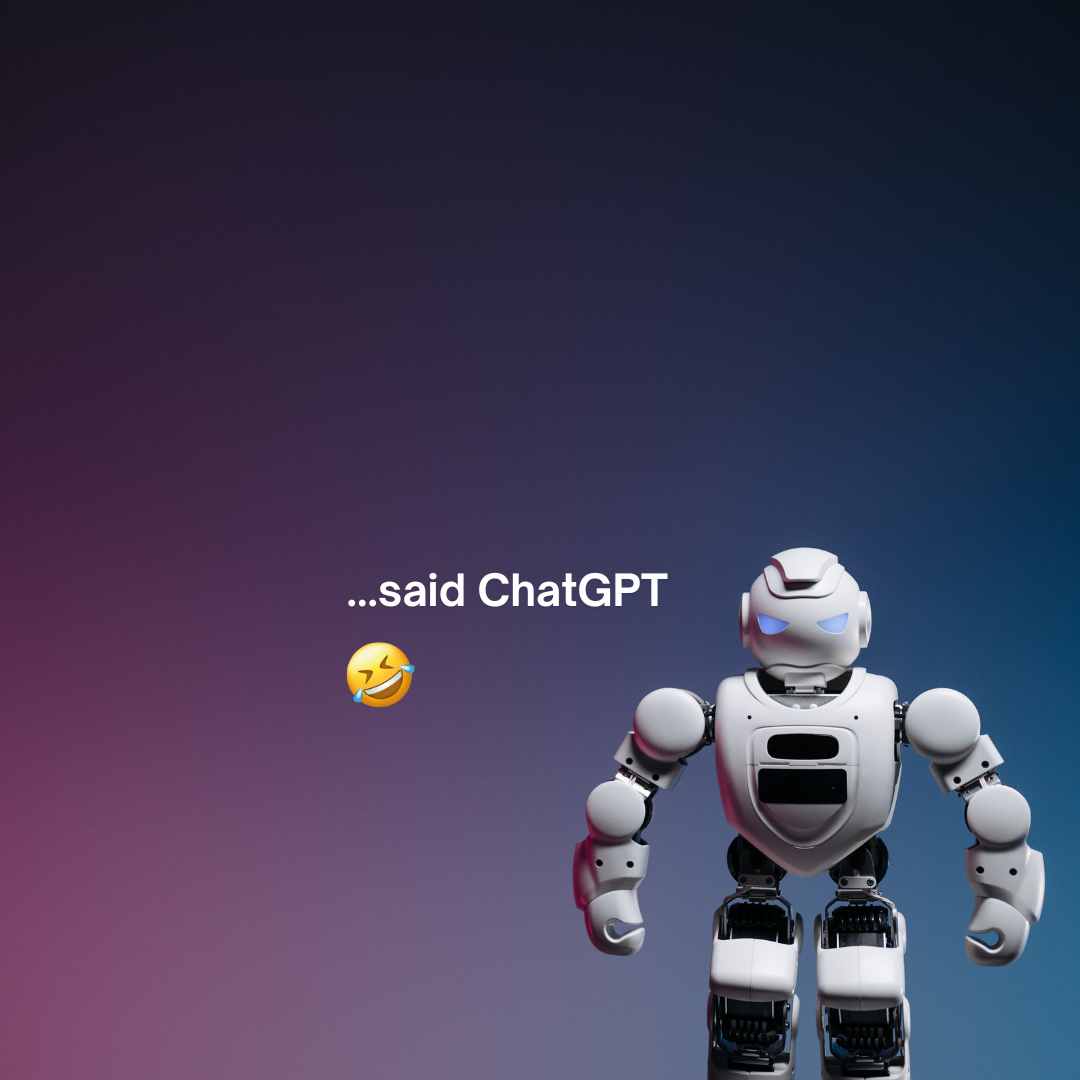SEO isn’t dead – it’s just taking a nap while AI runs the show.

I burst into laughter when chatGPT spit out this after my prompt: “How to build your brand’s visibility in AI search?”
I know, I know – the prompt is quite generic. Don’t judge me!
The undeniable fact is AI is out here rewriting the rules of search – more and more results aka inbound leads come from Perplexity or ChatGPT.
Before moving forward: this text is human-written and based on my thoughts and research about optimizing websites for search engines, whether traditional or AI-driven. I recently built my own website (plus two for a client) and have been exploring how to ensure visibility in this evolving landscape.
Another thing triggered me to dive into this topic: companies’ approach to SEO and website visibility is much like their approach to marketing strategy. Both are often treated as afterthoughts or secondary priorities. Typically, companies build a website first, and only later (if at all) think about optimization, links, keyword-rich URLs, headers, etc. (leave aside for a moment if these things are even relevant in AI era).
The same goes for marketing strategy.
What’s the result of this neglect?
Companies fail to unlock the full potential of these tools:
1️⃣ A highly optimized website (SEO),
2️⃣ A well-promoted business (marketing).
In practice, this means neither tool generates meaningful traffic, leads, or orders – or they do so much later, if at all.
This often leads to a frantic search for marketers and SEO experts, with the unrealistic expectation of immediate results. Companies assume that once they allocate a budget (usually too tight), they’ll see instant ROI or “lead generation.” But that’s not how it works.
Both SEO and marketing require time and effort. Behind these tools are people who need to:
- Understand the company’s specifics,
- Learn the product or service,
- Choose and implement the right tools,
- Analyze results and adjust strategies.
Even paid activities (like Google Ads or LinkedIn Ads) don’t deliver instant results. Sometimes, they don’t deliver results at all. In fact, Google Ads might even be excluded from marketing strategies entirely if the target audience is shifting away from Google as a search engine.
So how can you avoid these mistakes?
- Plan marketing activities from the start.
- Allocate a proper budget.
- Position marketing as equal to sales in your company structure.
- Foster collaboration between teams.
- Set clear, realistic goals and expectations.
Monitor performance and remain agile – be ready to pivot your marketing actions or campaigns as needed.
SEO and AI search: Regardless of how algorithms evolve, focus on maintaining your website’s visibility. If tools like Perplexity or ChatGPT are scraping the web for results, your goal is to ensure your brand appears in as many reputable sources as possible. Ironically, we’re coming full circle to the same principles that underpin traditional SEO.
To wrap up:
AI search tools like ChatGPT are reshaping how businesses gain visibility, but the core principles of SEO and marketing remain relevant. Companies often undervalue these tools, treating them as afterthoughts, which leads to missed opportunities and delayed results. To succeed, businesses should prioritize marketing early, allocate proper budgets, and embrace a strategic, long-term approach. Whether optimizing for traditional or AI-driven search, visibility still hinges on consistency, relevance, and adaptability.

